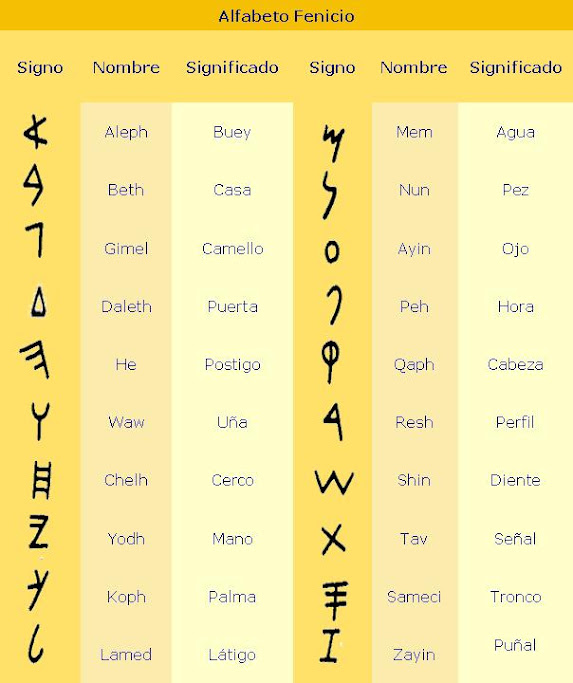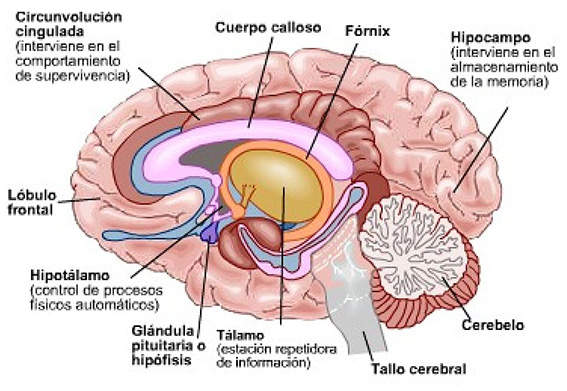El pensamiento platónico se desarrolla a lo largo de varias etapas, y sus obras pueden clasificarse según ese mismo esquema temático-cronológico. El orden cronológico se puede establecer a través de un análisis del estilo, del cual ha derivado una lista estilométrica, confeccionada bajo el criterio de que la fecha de un texto resulte menos incierta dentro del grupo de libros al que se asigna que entre los grupos diferentes. Este criterio permite a Popper, por ejemplo, colocar el Criton delante de la Apología , saltando las ordenaciones tradicionales, e incluso se dice que Laques también estaría al principio de la lista (Popper, La sociedad abierta , cap. 3, nota 5). No obstante, aquí presentaremos la lista de las obras platónicas según la ordenación tradicional: 1. Diálogos socráticos Entre 399 y 393 a. C., Platón escribe influenciado por la memoria de su maestro, Sócrates, muerto en 399. Son los llamados diálogos socráticos o menores, escritos fuera de At...


Comentarios
Publicar un comentario
Deja un comentario, a ser posible relacionado con la entrada. Gracias.